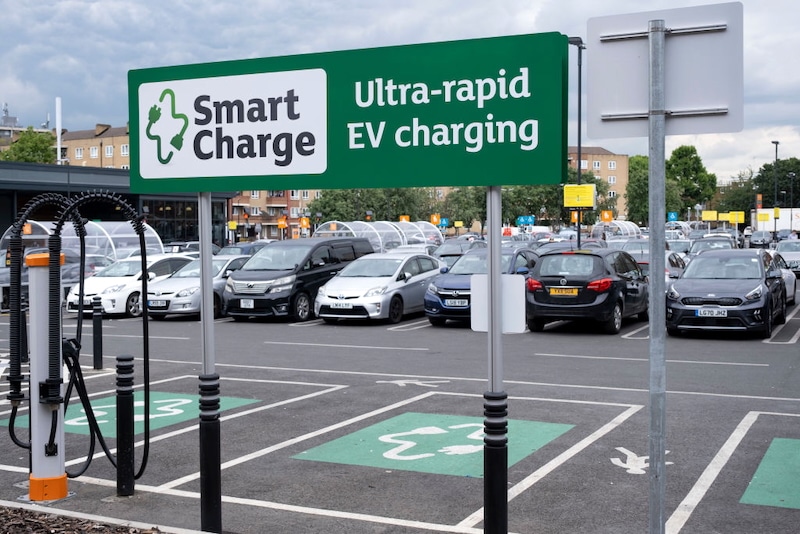This post was originally published on Eco Watch
According to a new analysis by Carbon Brief, the United Kingdom’s 2024 emissions fell to 409 million tons of carbon dioxide equivalent (MtCO2e), based on preliminary energy data. That’s a 3.6 percent drop and the lowest level since 1872.
The country’s coal use was also the lowest it’s been since the mid-1600s.
“The largest factor in emissions falling last year… was a massive 54% drop in UK coal demand,” the Carbon Brief analysis said. “The UK used just 2.1Mt of coal in 2024… this is the lowest amount since 1666, when the UK’s capital city was engulfed in the Great Fire of London.”
While UK emissions are currently 54 percent below 1990 levels, the country’s gross domestic product has increased by 84 percent.
Some of the major contributors to the reduction in coal use were the closure of the country’s last coal-fired power plant in Nottinghamshire, as well as Wales’ Port Talbot steelworks, one of the UK’s last blast furnaces.
An almost 40 percent increase in electric vehicles (EV) on UK roads was another contributing factor, along with above-average temperatures and electricity in the UK being the “cleanest ever” last year.
Greenhouse gas emissions within the UK’s borders have fallen in 26 out of the last 35 years.
“Apart from brief rebounds after the global financial crisis and the Covid-19 lockdowns, UK emissions have fallen every year for the past two decades,” the analysis said. “This is the lowest since 1872 and on par with 1926, when there was a general strike… In 1872, Queen Victoria was on the throne.”
The analysis found that coal demand had fallen at power stations, which accounted for a third of the overall reduction in use of the dirty fuel. Two-thirds of the coal consumption drop came from heavy industry using less coal.
In addition to falling coal use, another one-third of the drop in emissions was due to lower demand for oil and gas.
Oil demand fell by 1.4 percent even with an increase in road traffic. This was mostly because of rising EV numbers. The 1.4 million EVs, 76,000 electric vans and 800,000 plug-in hybrids reduced oil-related emissions, which were slightly offset by higher electricity demand.
“The UK’s right-leaning newspapers have been busy finding new driving-related wordplay for what they have misleadingly described as a ‘stalling’ market for EVs, which is apparently ‘going into reverse’,” the analysis said. “The reality is that the number of EVs on the UK’s road rose from 1m in 2023 to 1.4m in 2024, an increase of 39% in just one year. The number of plug-in hybrids was up 28% to 0.8m.”
To reach its 2035 climate goal, as well as its target of net-zero by 2050, the UK’s emissions would need to be cut more each year than they were in 2024.
“The 14MtCO2e drop in emissions in 2024 can be compared with the trajectory needed to reach the UK’s national and international climate pledges for 2035 and 2050,” Carbon Brief said. “If emissions fell by the same amount every year as they did in 2024, then the UK would miss both targets… In other words, annual emissions cuts would need to accelerate in the short- to medium-term, but could start to ease off later on. This is consistent with the cost-effective pathway to net-zero set out last month by the Climate Change Committee in its latest advice to the government.”
The post UK Carbon Emissions Reach Lowest Level Since 1872 appeared first on EcoWatch.




0 Comments